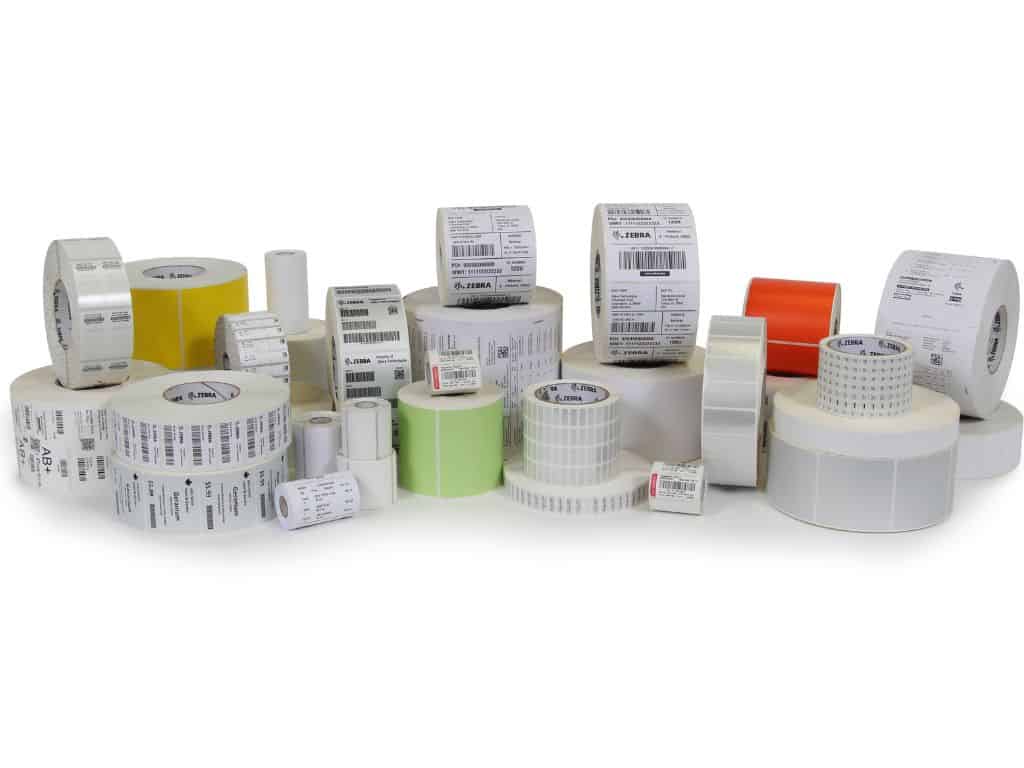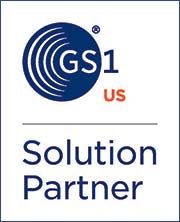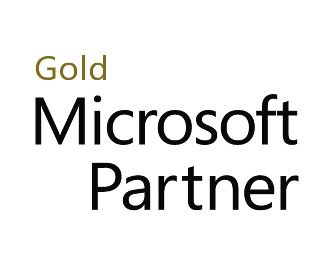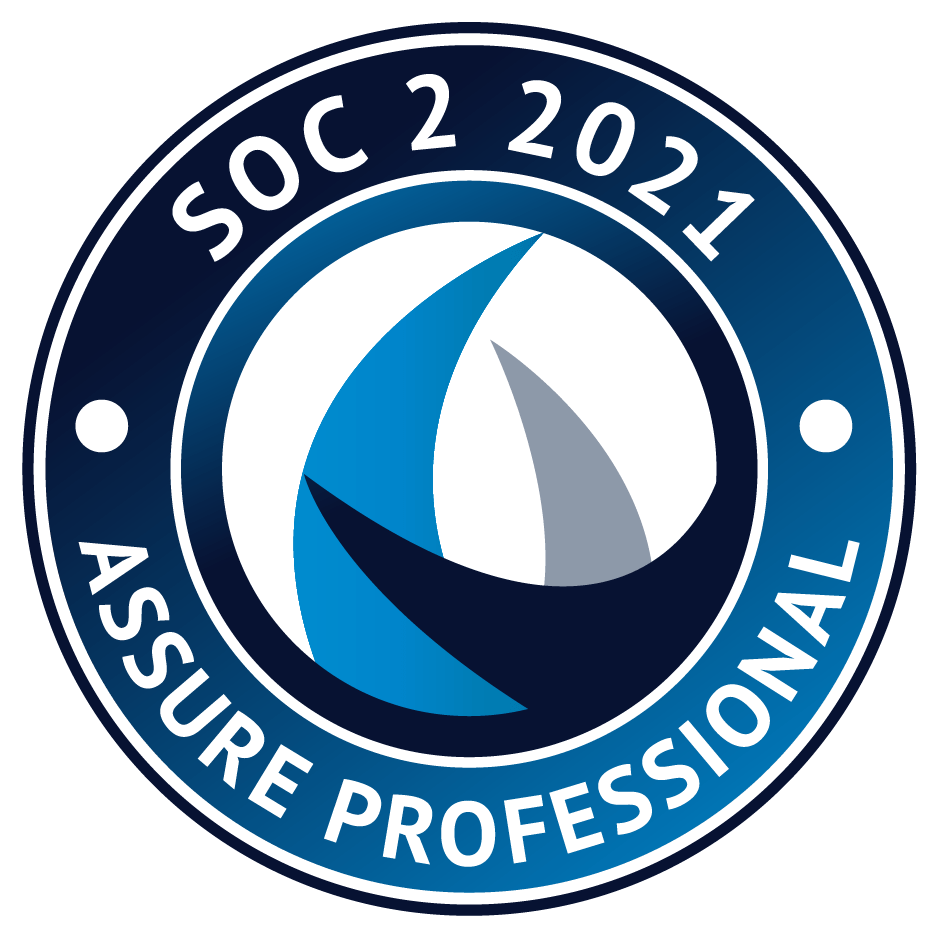Today let’s continue our Agile series, as we promised when we left off in our last blog, by confirming that Agile isn’t just for software development anymore.
Yes, today Agile goes far beyond its initial scope of addressing software development issues. In fact, the Agile philosophy today is used to manage all sorts of projects, including many without any connection to software development at all.
If you think of the origins of the Agile Manifesto, it was indeed specifically aimed at software development. Its title was clear: “Manifesto for Agile Software Development.”[i] But now that Agile applies to so much more, what might the “updated” manifesto look like? Here’s how I envision it:
Manifesto for Agile Projects
We are uncovering better ways of developing and implementing
projects by doing them and helping others do them.
Through this work we have come to value:Individuals and interactions over processes and tools
Working solutions over comprehensive documentation
Customer collaboration over contract negotiation
Responding to change over following a plan
Also, consider the twelve principles behind the Agile Manifesto. For Agile projects I envision them as such:
Principles behind the Agile Manifesto
We follow these principles:
Our highest priority is to satisfy the customer
through early and continuous delivery
of valuable phases of the solution.Welcome changing requirements, even late in
the project. Agile processes harness change for
the customer’s competitive advantage.Deliver working phases of the solution frequently,
from a couple of weeks to a couple of months, with a
preference to the shorter timescale.Business people and solution subject matter experts
must work together daily throughout the project.Build projects around motivated individuals.
Give them the environment and support they need,
and trust them to get the job done.The most efficient and effective method of
conveying information to and within a solution’s
team is face-to-face conversation.The working solution, as implemented in phases, is the primary measure of progress.
Agile processes promote sustainable progress.
The sponsors, subject matter experts, and users should be able
to maintain a constant pace indefinitely.Continuous attention to project management, along with technical
excellence and good solution design, enhances agility.Simplicity — the art of maximizing the amount
of work not done — is essential.The best architectures, requirements, and designs
emerge from self-organizing teams.At regular intervals, the team reflects on how
to become more effective, then tunes and adjusts
its behavior accordingly.
So this is what the Agile Manifesto and the twelve principles behind it look like when the context extends beyond software development to Agile projects.
We’ll pick up from here in the next blog, but these are the forms of the Agile Manifesto and the Principles behind the Agile Manifesto for Projects that we use here at Lowry Solutions for all of our projects as we implement solutions for our customers — projects that may or may not include software development.
Thank you for your time in reading this blog. Please continue to let us know your thoughts and questions by commenting below. As always, you can learn more about how Lowry Solutions implements the Agile Philosophy, and is itself applying the Twelve Principles. If you want more information on how we can help you with a specific challenge, contact us today.
[i] http://agilemanifesto.org/









